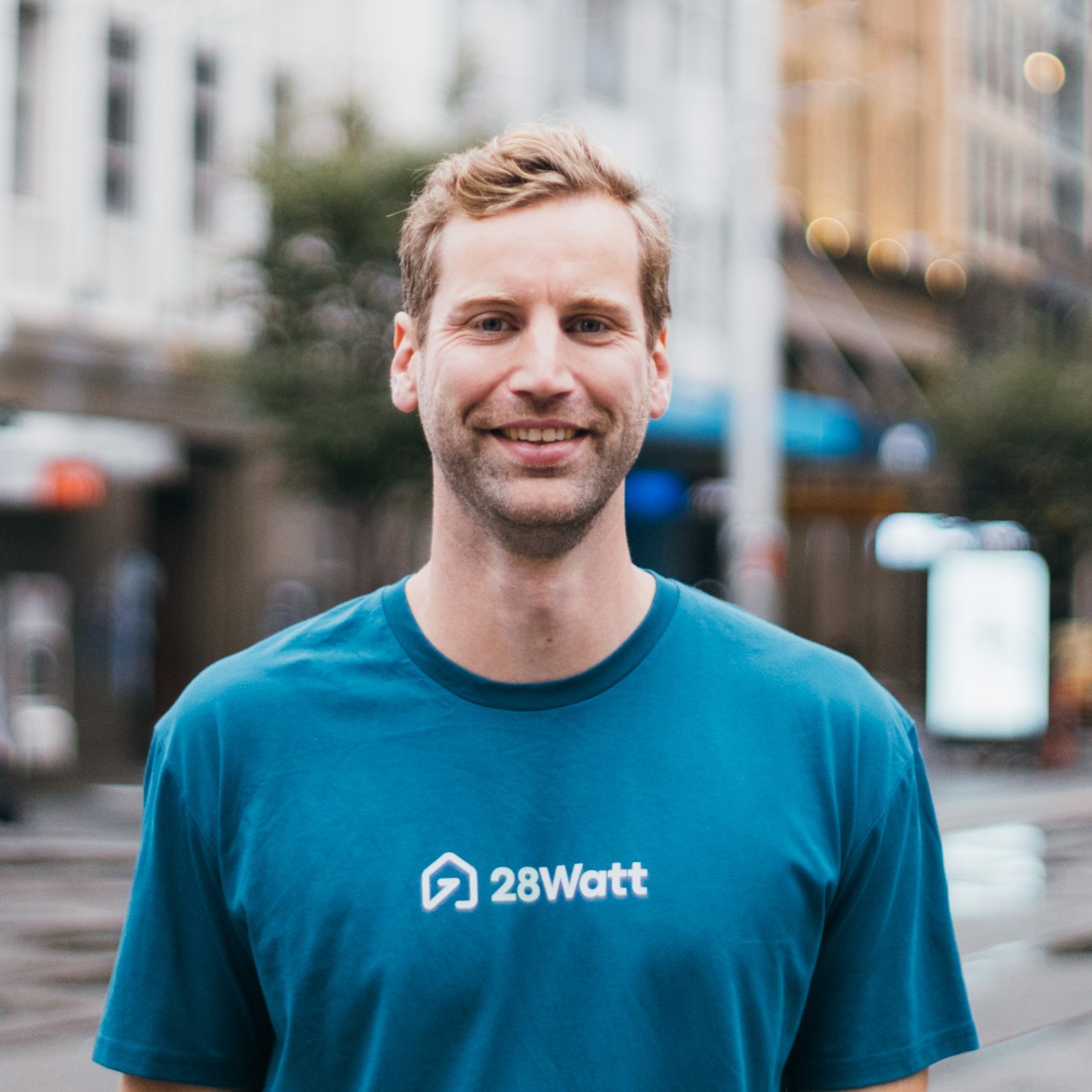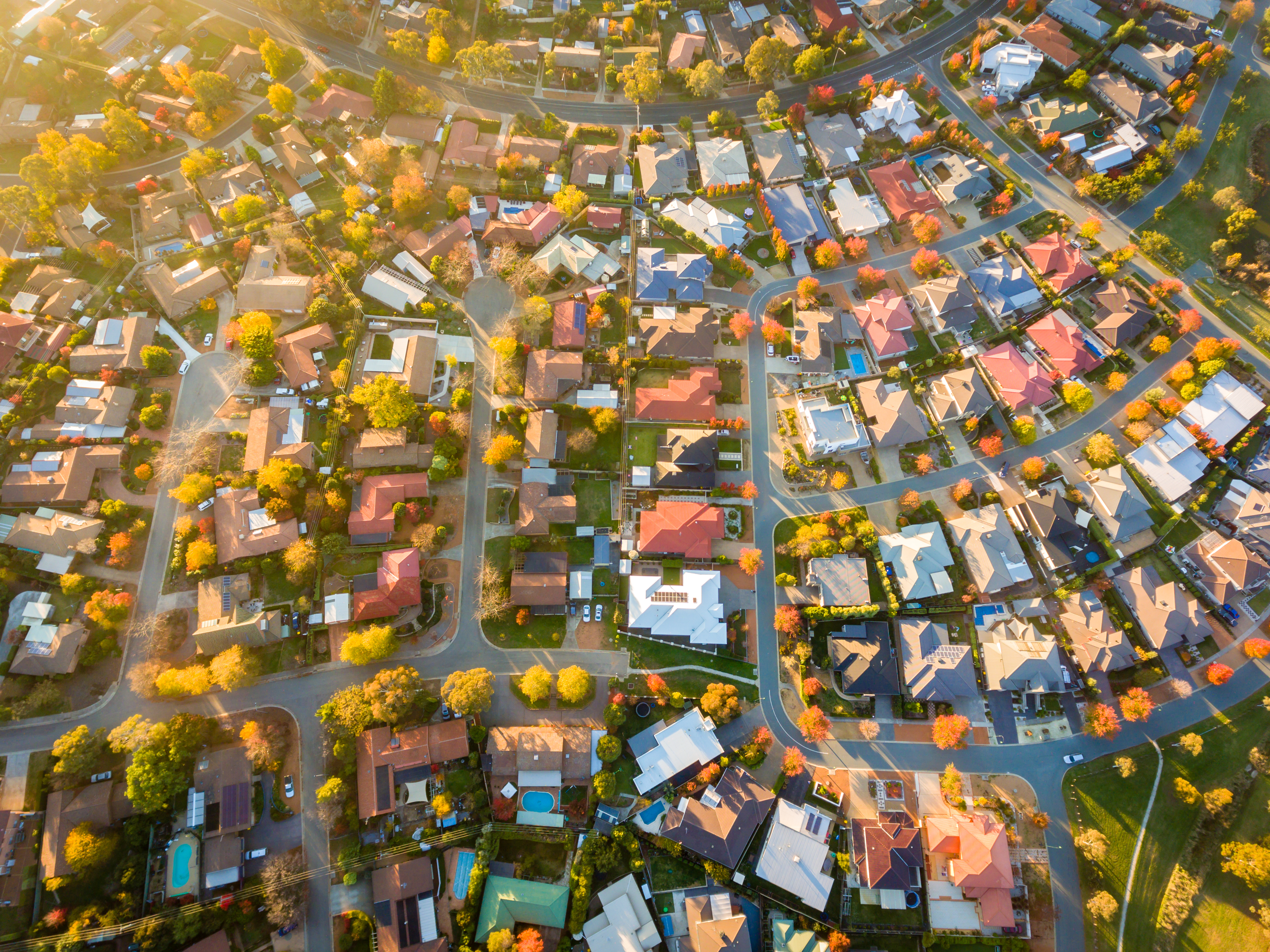Rising electricity prices have prompted Australian homeowners to search for ways to reduce their energy bills and achieve energy independence. With the average Australian household using 18.71 kWh per day and facing quarterly electricity bills of $300-$500, the financial pressure is real.
With the federal government's new Cheaper Home Batteries Program launching July 1, 2025, combined with innovative green loans and sustainable energy finance options, installing a home battery system has never been more accessible. This comprehensive guide explains how to combine government battery rebates with green loan financing to make your energy storage investment both affordable and profitable. Looking for finance, get started here!
The financial case for batteries has fundamentally changed. Government analysis shows households can save $700-$1,600 per year on electricity bills, with potential savings of up to 90% of typical electricity costs when batteries are combined with solar systems.
Understanding the Federal Battery Rebate Program
Current Rebate Amounts and Timeline
The $2.3 billion Cheaper Home Batteries Program will support Australian households and small businesses with a discount on the cost of installing small-scale battery systems. From 1 July 2025, the program will provide around a 30% discount on the upfront cost of installing eligible small-scale battery systems.
2025 Rebate Value: $372 per kilowatt-hour of a battery's usable capacity. After administrative fees, the actual battery price reduction is likely to be around $330 per usable kWh
Example: For a popular 10kWh battery system, you'll receive approximately $3,300 in rebates, reducing a typical $12,000 system to around $8,700.
Declining Rebate Schedule
The rebate value decreases annually, making 2025 the optimal time to invest:
|
Year |
Value per kWh |
|
2025 |
$372 |
|
2026 |
$336 |
|
2027 |
$296 |
|
2028 |
$260 |
|
2029 |
$224 |
|
2030 |
$188 |
Eligibility Requirements
To qualify for home battery rebates, your system must meet these criteria.
System Requirements:
- Battery capacity: 5kWh to 50kWh (maximum rebate applies to first 50kWh)
- Must be VPP-capable (Virtual Power Plant ready)
- Listed on Clean Energy Council approved products list
- Requires existing or new solar PV system
Installation Requirements:
- The battery installation must be done by an accredited battery installer under Solar Accreditation Australia (SAA)
- Compliance with state electrical safety regulations
- Certificate of Electrical Compliance signed after July 1, 2025
Example: Sigenergy Battery Options with Federal Rebate

For NSW customers who can access both rebates, here's how different Sigenergy battery sizes stack up:
| Battery Size | Original Price | Federal Rebate | Net Cost |
|---|---|---|---|
| 8kWh | $9,757 | $2,640 | $7,117 |
| 16kWh | $14,804 | $5,280 | $9,524 |
| 24kWh | $19,851 | $7,920 | $11,931 |
| 32kWh | $24,898 | $10,560 | $14,338 |
| 40kWh | $29,945 | $13,200 | $16,745 |
| 48kWh | $34,992 | $15,840 | $19,152 |
How Green Loans Work for Battery Systems
What Are Green Loans?
Green loans are specialised financing products designed specifically for renewable energy and energy-efficient home upgrades. Green loans help Australian homeowners and businesses access low-interest financing for solar panel installations, battery storage, and energy-efficient upgrades.
2025 Green Loan Market Overview
The green loan market has become highly competitive in 2025, with rates ranging from as low as 2.79% to 8.28% depending on the lender and loan structure. Based on current market analysis, here are the leading options. Have a quote? Find your green match here!
Top Green Loan Options for Battery Financing
| Lender | Product | Interest Rate |
Comparison Rate |
Max Term |
|---|---|---|---|---|
| RACQ Bank | Green Loan | 2.79% | 2.79% | 10y |
| ING | Green Upgrade Loan | 3.74% | 5.12% | 5y |
| CommBank | Home Energy Loan | 3.99% | 3.99% | 10y |
| Westpac | Sustainable Upgrades | 4.24% | 4.62% | 10y |
| Suncorp | Green Upgrades Equity | 5.59% | 5.59% | 10y |
| Gateway Bank | Eco Personal Loan | 6.44% | 7.45% | 5y |
| Community First | Green loan | 6.54% | 7.59% | 10y |
*All banks except Gateway and Community First require you to have a mortgage with the bank. Find your green match here.
Key Features of Green Loans
There are two main types of green loans:
- Secured loans: Lower rates (2.79%-5.59%) but you need an existing home loan with the same bank
- Unsecured loans: Higher rates (6.54%+) but no existing home loan needed
What You Can Buy
All green loan lenders typically cover:
- Solar panels (6kW or bigger systems)
- Battery packs (5kWh or bigger)
- Solar hot water systems
- Heat pump hot water systems
- Other energy-efficient home upgrades
Sigenergy Battery Options: Federal Rebate + CommBank Financing
Here's how different Sigenergy battery sizes stack up with CommBank Green Loan financing at 3.99% over 10 years:
| Battery Size |
Original Price |
Federal Rebate |
Net Cost |
Monthly Payment* |
|---|---|---|---|---|
| 8kWh | $9,757 | $2,640 | $7,117 | $72 |
| 16kWh | $14,804 | $5,280 | $9,524 | $96 |
| 24kWh | $19,851 | $7,920 | $11,931 | $121 |
| 32kWh | $24,898 | $10,560 | $14,338 | $145 |
| 40kWh | $29,945 | $13,200 | $16,745 | $169 |
| 48kWh | $34,992 | $15,840 | $19,152 | $194 |
*CommBank Home Energy Loan at 3.99% over 10 years
Step-by-Step Process: Getting Rebates and Green Loans
Step 1: Get Quotes with Rebates Included
Contact approved installers to get quotes that include:
- Battery system and installation costs
- Federal rebate (automatically calculated)
- Any electrical work needed
- Warranty details
Important: Your installer handles all the rebate paperwork. They handle everything for you, so the rebates are automatically applied to your quote.
Step 2: Find Your Best Green Loan
Once you know how much you need to borrow after rebates:
- Upload your quote here
- We'll find the best green loan for you
- Compare different banks instantly
- Get approved for the loan you want
Step 3: Install and Start Saving
- Book installation with your installer
- System gets installed but stays off until July 1, 2025
- Installer handles all rebate paperwork
- System gets turned on, and you start saving on bills
Real-World Examples: What You'll Actually Pay and Save

Battery:
- Sigenergy 16kWh battery
$14,804 (before rebates) - Federal rebate: About $5,300
- Cost after rebate: $9,500
Savings:
- Annual electricity savings: $1,600-$2,000 per year
- Monthly bill reduction: $133-$166 less each month
- Solar self-use: Goes from 30% to 85% of your solar power
- $9,500 at 3.99% over 10 years
- Monthly payment: $96
Result
You save $133-$166 per month and pay $96 per month = $37-$70 profit every month

Conclusion: Why Now Is the Perfect Time
The combination of government battery rebates and green loans makes home batteries more affordable than ever before. With rebates cutting costs by 30% and low-interest financing for the rest, you can actually make money from day one.
Government research proves that families can save $700-$1,600 per year, with some cutting 90% off their electricity bills when batteries work with solar systems.
Why You Should Act Now:
- Rebates get smaller each year after 2025
- Pick quality brands with good warranties
- Green loans cost less than regular personal loans
- Size for the future - you only get one rebate per house
- NSW gets the best deal with double rebates.
What to Do Next:
- Get quotes from approved installers
- Upload your quote to find the best loan
- Work out your savings using your electricity bills
- Book an installation to get maximum rebates
- Start saving money from the first month
Don't wait - rebates go down each year and everyone wants batteries now. This is the best time to take control of your energy costs with smart financing and government rebates.
Ready to save money on electricity? Get quotes from trusted installers that include all current rebates and green loan options. Start your journey to cheaper power bills today.

